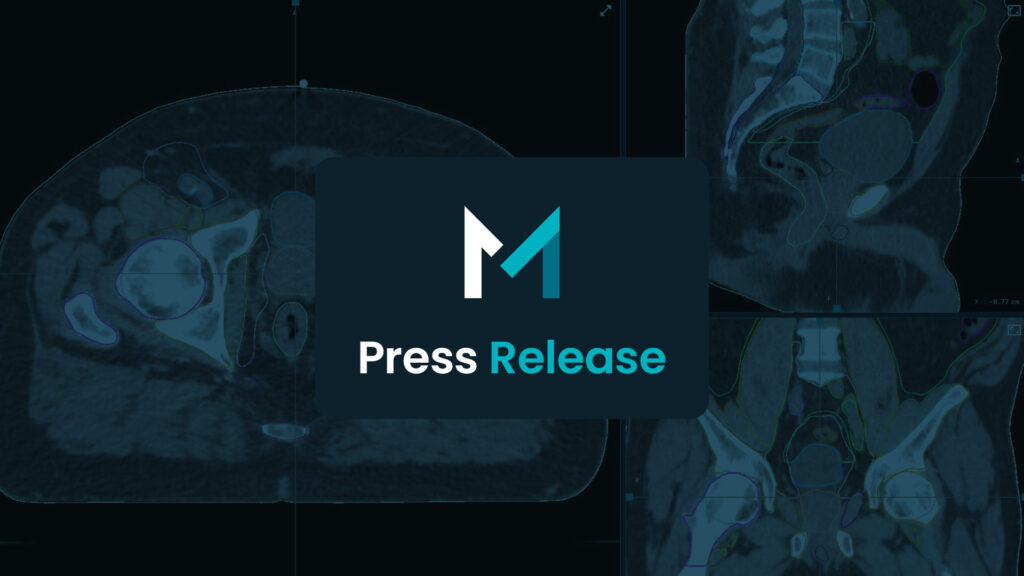MVision AI values the open communication with our partners, focusing on the:
- Exploration of topics related to AI in radiotherapy
- Opportunity to share practical tips
- Opportunity to address questions and biases
What is the first thing that comes to mind when you think about the word artefact?
Perhaps you thought of a historical relict, or a golden object made by some historical figure or group. If you are a scientist or a researcher, an artefact could be an object of observation that is not naturally present, but occurs as a result of the preparative or investigative procedure.
In the world of radiotherapy, artifacts refer to image features that appear in CT or MR scans. Shadows and bright flashes do not represent the artefact present in the original imaged object, but rather are a consequence of potential properties of the human body.
The significance of artefacts in radiotherapy is best understood by looking at a scan that has an artefact in it,

The picture above is a copy of a CT scan, showing the head of a cancer patient. The back of the patient’s head is represented in the lower portion of the image, and the mouth is represented in the upper portion of the image. Near the mouth, there are what appears to be ‘lights’. These ‘lights’ are actually artefacts of something that the person has in their mouth. Individuals who are familiar with reading CT scans, are able to directly interpret that the flashes are likely bright shadows of teeth prosthesis.
Artefacts affect the quality of images, increasing the difficulty of contouring the regions of interest (i.e. lymph nodes). This can negatively affect the precision of contours, and decrease the accuracy of calculations. Those calculations determine the necessary amount of radiation, and the location and direction of the radiation. In other words, artefacts can have a dosimetric effect.
Artefacts cannot be prevented, but AI helps us to get around them.
By introducing a significant number of images with and without artefacts, we have been able to teach the algorithms to auto-contour scans containing artefacts. It is technically possible to contour images that have artefacts in them. However, doing so is time-consuming, is difficult to do with precision, and increases the likelihood of miscalculations. By using a smart auto-segmentation tool such as MVision AI’s segmentation service, clinicians can do contours more rapidly, while increasing precision. Although the work of a machine should always be checked and approved by a professional, MVision’s segmentation solution can save time significantly.










